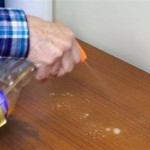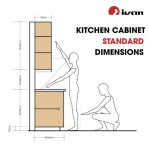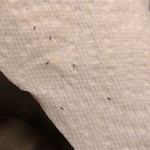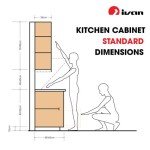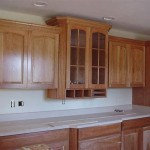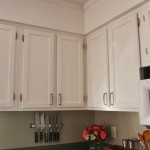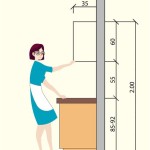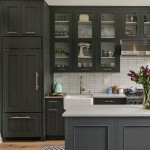Mold in Kitchen Cupboards: A Comprehensive Guide
Mold growth in kitchen cupboards can be a common issue, posing potential health risks and affecting the functionality of your kitchen. Understanding the causes and consequences of mold, as well as implementing effective preventive and remediation measures, is crucial for maintaining a healthy and hygienic kitchen environment.
Causes of Mold Growth
Mold typically thrives in damp and poorly ventilated areas. Some common causes of mold growth in kitchen cupboards include:
Condensation from warm, humid air
Leaks or water damage
Poor ventilation
Storing damp items in cupboards
Spills and food debris left unattended
Health Effects of Mold
Mold exposure can lead to various health issues, ranging from allergic reactions to respiratory problems. Symptoms of mold exposure may include:
Skin irritation and rashes
Coughing, wheezing, and shortness of breath
Sneezing and runny nose
Eye irritation
Headaches and fatigue
Preventive Measures
Preventing mold growth in kitchen cupboards requires proactive measures:
Control Moisture: Use a range hood while cooking to extract steam and reduce condensation. Ensure proper ventilation by opening windows or using fans.
Address Leaks: Inspect cupboards regularly for leaks. Repair any leaks promptly to prevent water accumulation.
Clean and Dry Surfaces: Wipe down cupboard interiors regularly with a damp cloth and allow them to dry thoroughly. Avoid storing wet or damp items in cupboards.
Use Moisture-Absorbing Materials: Place moisture absorbers or baking soda packets inside cupboards to absorb excess moisture.
Store Food Properly: Store food in airtight containers to prevent spills and keep moisture levels low.
Remediation
If mold growth occurs, prompt remediation is essential:
Identify and Remove Source: Determine the source of moisture and address it (e.g., fix leaks, improve ventilation).
Clean Affected Areas: Remove visible mold using a bleach solution or commercial mold cleaner. Wear gloves and a mask for protection.
Dry Thoroughly: Allow cleaned areas to dry completely. Use fans or a dehumidifier to remove excess moisture.
Replace Damaged Items: Discard any items damaged beyond repair due to mold contamination, especially porous materials like wood.
Prevention: Implement preventive measures to prevent future mold growth (as mentioned above).
Additional Tips
Consider using mold-resistant paints or sealants for cupboard interiors.
Leave cupboard doors slightly ajar to promote airflow and prevent moisture buildup.
Inspect cupboards regularly for signs of mold growth, particularly after spills or leaks.
If mold growth persists or becomes severe, consult a professional mold remediation specialist.

How To Remove Mold In Kitchen 100 Doable The Insider

How To Clean Mold In Kitchen Cabinets Servicemaster Re

How Long Should A Central C Unit Last Crawford Mech

Why Mold Grows In Kitchen Cabinets Causes Prevention Tips

How To Remove Kitchen Mold Puroclean Hq

Mold And Kitchen Cabinets Do You Have Growing In Your

Damp And Mould In Kitchen Cupboards

Why Mold Grows In Kitchen Cabinets Causes Prevention Tips

Kitchen Mold Mildew Where It Hides What You Can Do

Get Rid Of Black Mold In Kitchen Cabinets Remove Entirely











